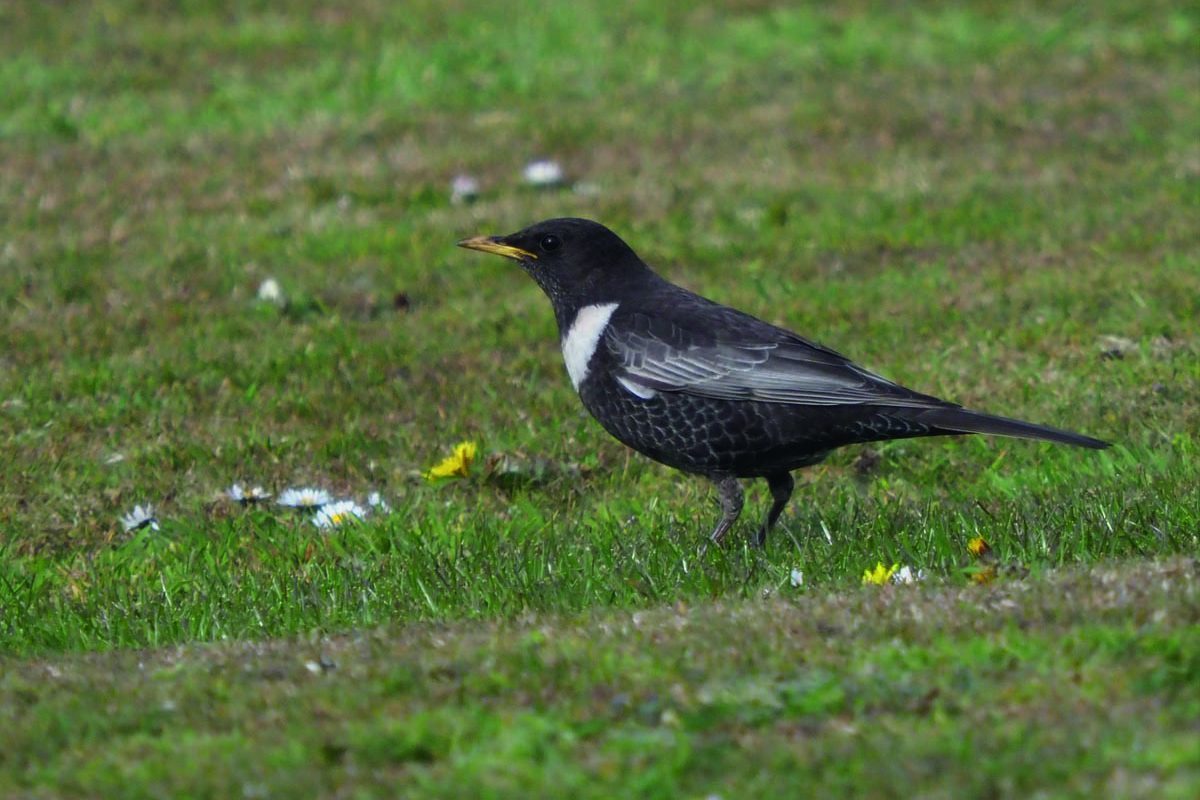A tale of two moors: one managed and one no longer
While red-listed species have suffered after grouse shooting halted on one moor, a host of birds is thriving on the keepered Spaunton Estate

Ring ouzels thrive on the keepered moors of Spaunton, but they have declined steeply in the Berwyn Hills
Opponents of grouse shooting repeatedly fail to acknowledge the importance of managed grouse moors for a host of moorland birds, despite overwhelming evidence to the contrary. The Berwyn Hills Special Protection Area (SPA) in Wales provides a classic example of what happens once management for grouse ceases. Historically, the Berwyns provided the best grouse shooting in Wales. According to the GWCT’s figures, red grouse numbers were highest in the early 1900s, with up to 250 birds shot per square kilometre. In the 1970s, the bag averaged 43 birds per sq km, but fell to fewer than five by the 1990s, when grouse shooting stopped.
The loss of management had a catastrophic impact on several species. Lapwings have been lost from the Berwyn study area, golden plover have declined by 90%, ring ouzel by 80% and curlew by 79%. However, numbers of meadow pipits and whinchats doubled, and there are almost 10 times as many stonechats. There were five times as many carrion crows in 2002 as there had been in 1983–85, and three times as many ravens. Peregrines increased seven-fold, buzzards more than doubled but hen harriers halved in numbers. Merlins, red kites, short-eared owls and kestrels all remained the same. Overall, two-thirds of red-listed species in Wales dropped
in number.
In contrast, both golden plover and ring ouzel continue to thrive on the keepered moors of the Spaunton Estate in the North York Moors SPA. Every year, the estate carries out detailed bird surveys, working with the BTO, and it reported an increase of 201% in sightings of raptors over five years. In 2018 there were 711 sightings, rising to 2,144 last year.
George-Winn Darley, owner of Spaunton Estate, commented: “The significant increase in birds of prey at Spaunton mirrors the soaring numbers across Yorkshire and indeed the north of England. The efforts made by gamekeepers, landowners and partner organisations have worked wonders for many of these rare species, despite the increasing number of visitors who come to enjoy the moors.”








